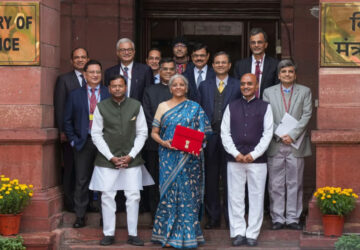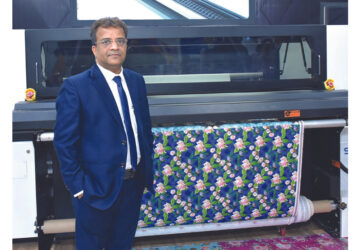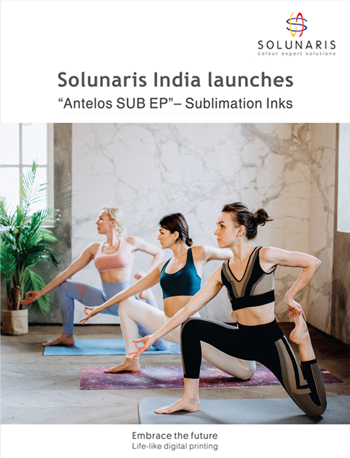Flu season for many means rushing for vitamins and vaccinations. Olivia Ong’s “Glitterati” clothing line offers casually stylish dresses and jackets that can protect the wearer from these health threats. This is an apt example of functional clothing when fashion does something more than just making the wearer look good. Functional garments are those garments that can perform multiple functions apart from just their aesthetics and basic protection of the wearer. These belong to the application area of technical textiles and are specifically designed/engineered to deliver functionality or performance to the wearer, beyond the fundamental garment functions. The functionality of these garments might vary from design to design, ranging from medicine, nanotechnology, biotechnology, computing, physics, etc.
Types of functional garments
According to Techtextil, functional garments can be broadly classified into four groups, based on their areas of functionality:
1. Protective clothing: This includes functional garments that can provide the wearer protection from one or more hazards. These can include protection against mechanical impact, physical injury (cuts, bites, perforation and abrasion), drowning, heat/fire, extreme cold, rain, electric shock, radiation, invisibility and dangerous substances and infective agents.
2. Sports-functional clothing: Functional garments in this section are used to enhance the functionality of sports persons by providing a high level of breathability, moisture/vapour transfer, heat insulation, wind-proofing, water-proofing, and/or UV protection depending upon the sport and environment requirements.
3. Medical-functional clothing: This section includes functionalities like absorbency, air permeability and durability based on the wearer and requirements. It includes functional garments used for healthcare or hygiene, surgical clothing, therapeutic clothing and intelligent functional clothing.
4. Clothing for special needs: These functional garments are used to improve the quality or ease of life for people with disabilities or special needs, like wheelchair users, paraplegics, arthritis sufferers, people with restricted movement or stroke victims. These garments are mostly made to-measure to ensure individual need fulfillment and comfort for the wearer.
Apart from the above-mentioned classifications, Vanity- Functional Clothing [3] like body shaping, contouring and support apparel to enhance wearer’s appearance, and Cross-Functional Assemblies [3] offering multifunctional performance, life support, protection, communication, and comfort also belong to functional apparel section of technical textiles.
Design and manufacturing of functional clothing
Apparel with functional abilities cannot simply be mass produced like everyday apparel. The adaptability of all the stages of the manufacturing process is tested to produce functional garments that ensure workability, desired functional performance and comfort.
Special synergies of apparel and technologies are required for embedding the functionality within the garment and development of textile and apparel with built-in technologies that can enhance the end product with extended functions and better comfort.
Manufacturing of functional clothing also incorporates the extensive development of replicable technologies that can provide functional support to the end-product like protection against temperature fluctuations, antifungal, anti-bacterial, protection from ultraviolet light, blocking radiations, etc.
This is where designing gains importance in the manufacturing process for functional garments. Once the requirements from the end product have been thoroughly established, the appropriate material has to be identified and selected following which designing of the apparel assembly is done. Then, follows pattern engineering and final assembly of the heterogeneous materials; creating a multilayer composite assembly that enables the end product to adequately fulfill the comfort, precision and functionality requirements.
Technical textiles are the primary building blocks for most functional garments, but to add on special functionalities, technical textiles have to be clubbed with advanced techniques of design and manufacturing. Functional apparel designing thus moves away from the conventional 2D, material-centric designing towards a holistic 3D designing approach.
Performance tests for functional garments
Fibre content, chemical tests, colour fastness, tensile strength, etc. are some of the common tests that are done on normal garments and materials used in them. With functional garments, the tests tend to focus more on the comfort, easy-care, protective performance parameters of the product. Hence, in addition to the usual tests, functional clothing goes through extra performance tests to gauge their breathability, antistatic, visibility and weathering properties. These include tests like anti-static tests, high visibility colour tests, retro-reflective materials test, breathability tests, weathering tests etc.



















